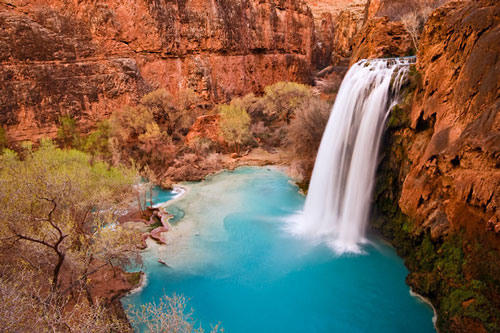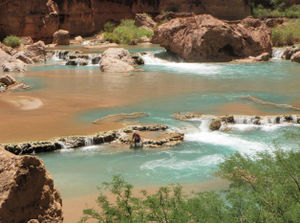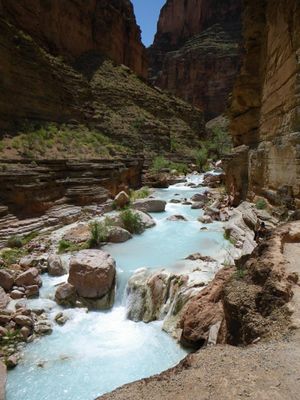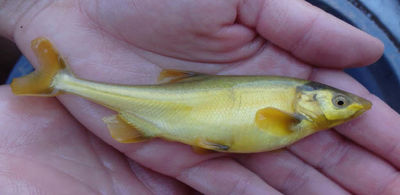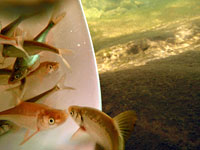Translocation Projects
|
|
LTEMP BiOp Conservation Measures for Humpback Chub Conservation (2016)Reclamation would continue to support the NPS, FWS, GCMRC, and GCDAMP in funding and implementing translocations of humpback chub into tributaries of the Colorado River in Marble and Grand Canyons, and in monitoring the results of these translocations, consistent with agencies’ plans and guidance (e.g., NPS Comprehensive Fisheries Management Plan [CFMP], FWS Humpback Chub Genetics Management Plan and Translocation Framework, and GCMRC Triennial Work Plan). Translocations allow for opportunities to expand the area occupied by humpback chub and improve the overall status of the species. Specifically, the following would occur:
|
| -- |
-- |
-- |
|---|
|
|
